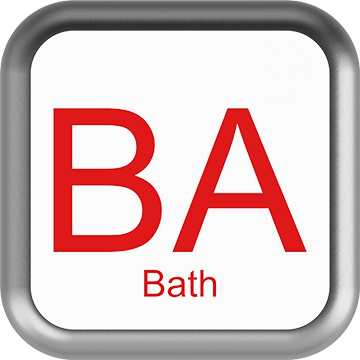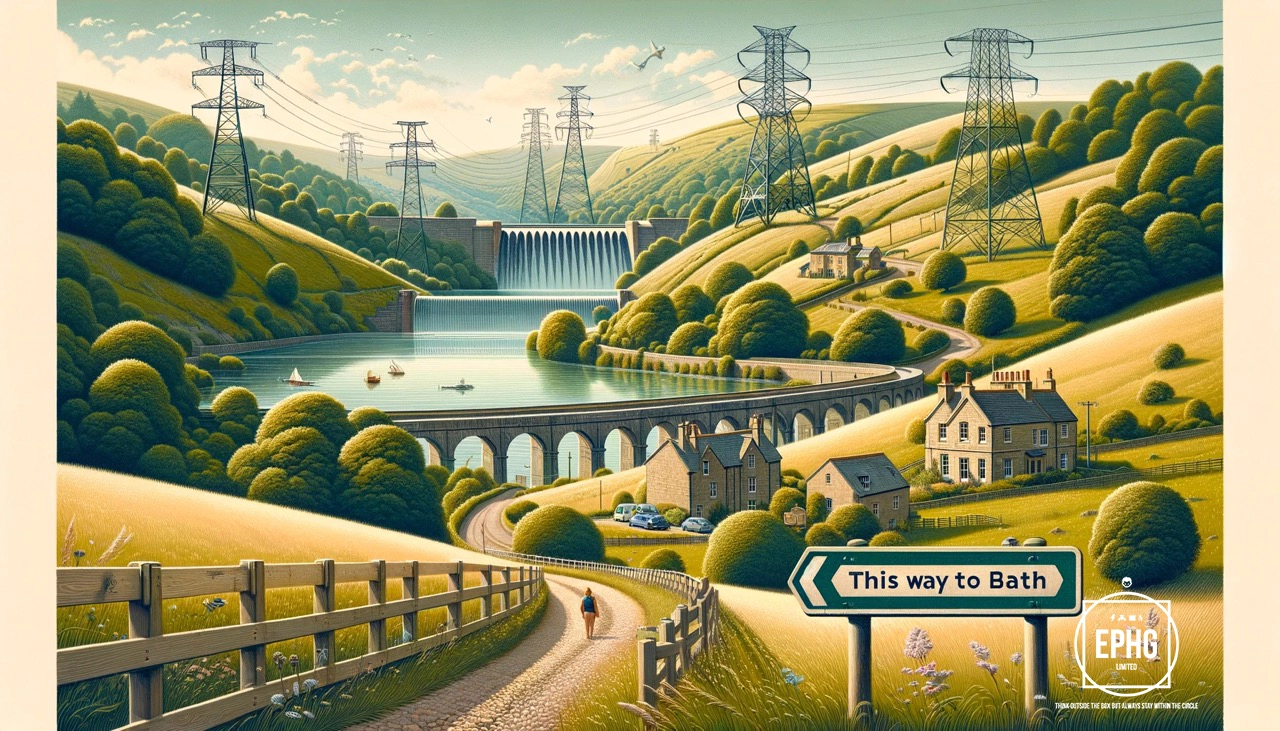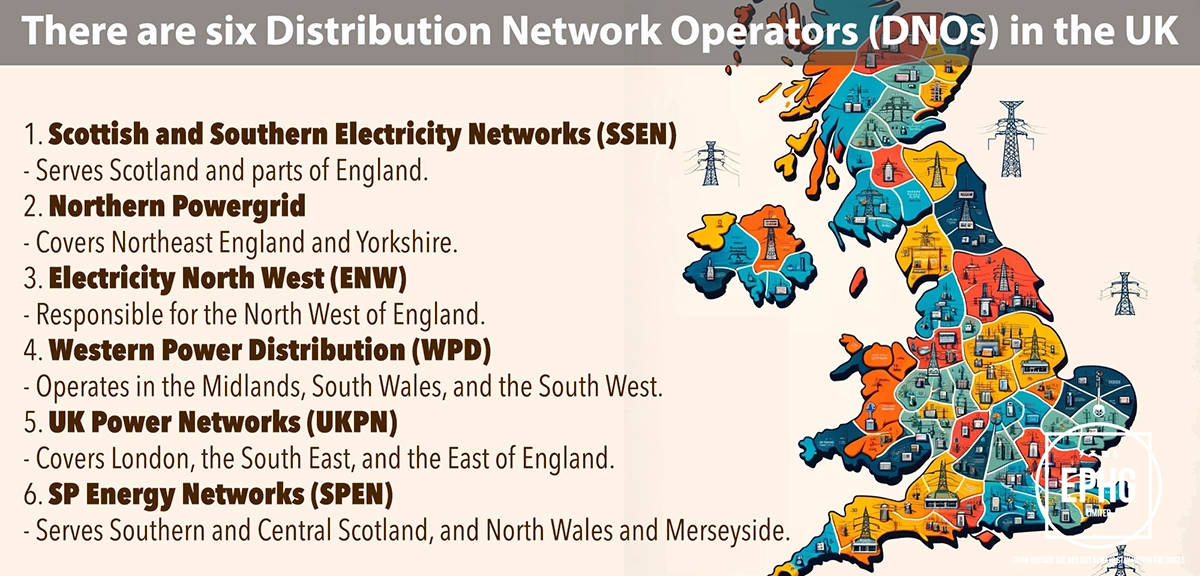
BA Postcodes for Utilities & Services in Bath
Introduction: The BA postcode area, covering Bath and its surrounding regions, here we share some interesting insights on water & electric, along with any other useful information.
Water in Bath
Where does the water supply come from in Bath and is there ever a shortage of water?
In Bath, the primary water supply comes from the Mendip Hills, which is known for its high-quality, hard water. This area, along with the Chew Valley, has been a crucial source for the region, with various treatment facilities ensuring the water meets safety standards before distribution. Despite Bath's relatively stable water provision, factors like climate change, population growth, and occasional dry spells can strain resources. While historical records show few severe shortages, local authorities continuously monitor the water levels and quality, implementing conservation measures when necessary. Bath's infrastructure is designed to handle fluctuations in demand and supply, but residents are encouraged to use water wisely to help maintain its abundance.
What is the hardness & quality of the water in Bath and can this affect your health?
The water in Bath is predominantly hard due to its main sources being the Mendip Hills, which flow through limestone areas. Hard water is characterized by high concentrations of calcium and magnesium ions, which contrasts with the soft water typically found in areas with granite geology. This hardness contributes to more mineral buildup in plumbing and affects the efficiency of soap and detergents. In terms of quality, Bath's water meets high safety and quality standards, undergoing rigorous testing for contaminants and pollutants to ensure it is safe for consumption. While hard water is not generally harmful to health and can be beneficial for those in need of extra minerals, it can pose challenges for household appliances and skin conditions. However, the overall impact on health is minimal, and essential minerals can be sourced from a balanced diet. Residents and authorities remain vigilant to maintain the high standards of water quality, ensuring it remains safe and beneficial to use.
Electricity in Bath
Where does the electric supply come from in Bath and what is the future of energy there?
Bath's electricity supply is increasingly sourced from a mix of conventional fossil fuels and growing contributions from renewable sources. The area is moving towards sustainable energy practices, with solar farms, biomass energy, and smaller-scale hydroelectric plants becoming more prominent. While Bath does not have the same industrial energy background as Aberdeen, it is committed to embracing green energy solutions. The region is exploring the potential of geothermal energy, leveraging its unique geology to provide sustainable heating solutions. The future of energy in Bath is focused on reducing environmental impact, with investments in renewable energy projects and infrastructure aimed at decreasing carbon emissions and promoting sustainability. Bath aims to lead by example in the transition to a greener, more sustainable energy future, ensuring energy security and environmental health.
When is hydrogen coming to gas boilers in Bath?
The transition to hydrogen gas boilers in Bath aligns with broader national goals for a low-carbon future and echoes the green energy initiatives seen in Aberdeen. Although there is no set timetable, Bath is likely to follow similar national timelines for the introduction of hydrogen heating technologies. The region may see pilot schemes and gradual implementation phases as part of the UK's effort to reduce household carbon emissions. As these developments unfold, residents are advised to stay informed and consider energy-efficient solutions when replacing or maintaining their heating systems. Local services in Bath will evolve to support the maintenance and installation of hydrogen and other green energy systems as the city moves towards more sustainable energy solutions.
Where Does the Wastewater Go in Bath
In Bath, the management of wastewater is critical for maintaining the city's historic and environmental integrity. Wastewater from homes, businesses, and public facilities is collected and transported to treatment plants like the Bathampton Mill Wastewater Treatment Works. Here, advanced processing is applied to remove impurities and ensure the water meets strict regulatory standards before being released back into the River Avon. This careful treatment process reflects Bath's dedication to preserving its natural and architectural heritage while addressing modern urban challenges. The city is committed to sustainable water management practices, supporting the overall health of the local ecosystem and ensuring the cleanliness and safety of its waterways.
Regions and Services:
The BA postcode covers a diverse array of settings, from the historical city of Bath to the charming towns and villages of Somerset. Key regions include:
- Bath City: The heart of the area's urban utilities development, showcasing a combination of traditional and innovative electrical and gas infrastructure.
- Frome, Yeovil, and Bridgwater: Towns known for their blend of historic charm and contemporary services, mirroring their individual cultural and economic narratives.
- Wells, Glastonbury, and Shepton Mallet: Villages noted for their growing emphasis on renewable energy initiatives, supplementing the conventional utilities and enhancing local sustainability.

Regions within the BA Postcode
Bath City
- BA1: Central Bath, Larkhall
- BA2: Bathwick, Southdown
- BA3: Radstock, Midsomer Norton
- BA11: Frome
- BA12: Warminster
- BA13: Westbury
- BA14: Trowbridge
- BA15: Bradford-on-Avon
- BA16: Street
- BA20: Yeovil
Surrounding Areas and Villages
- BA4: Shepton Mallet
- BA5: Wells
- BA6: Glastonbury
- BA7: Castle Cary
- BA8: Templecombe
- BA9: Wincanton
- BA10: Bruton
- BA21: Yeovil
- BA22: Ilchester
- BA23: Bridgwater
- BA24: Stogursey
- BA25: Wedmore
- BA26: Cheddar
- BA27: Highbridge
- BA28: Burnham-on-Sea
- BA29: Langport




